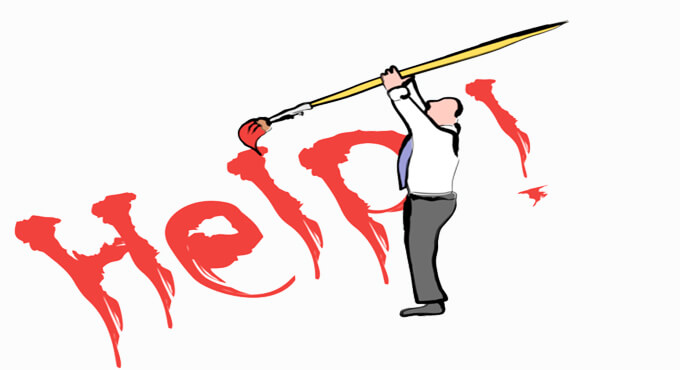Effective Social Media Crisis Management
It’s a fact of life that bad news travels fast in today’s digital world, especially among the social media community. While bad things can happen to anybody, it’s the way that a company responds to a crisis that spells the difference between forgiveness and recovery or a devastating erosion of the public’s faith and trust. A fast response and a truthful account of the facts is the best way for a company to emerge from a crisis with its business reputation intact.
How to Plan Ahead for a Crisis
One of the best ways to deal with a crisis is to plan for it ahead of time. Pre-crisis planning will help you deal with any crisis surrounding your company or products quickly and effectively, allowing you to minimize damage and speed recovery. The four critical elements of your plan include:
- Setting up a “radar” system for identifying potential problems that could blossom into a full-fledged crisis. Set up a free Google Alert for your company and each of your major product lines to monitor online conversations. ViralHeat and SocialMention are two additional social monitoring solutions particularly geared to small business marketers.
- Establishing responsibilities and protocols for social media monitoring. Who monitors social media during the workday? At night and on weekends? Exactly what type of problems and situations are they listening for?
- Developing a crisis reporting chart that lists the most appropriate member of senior management to contact about various types of potential major problems that might arise. Obviously the bigger the potential crisis, the more senior the manager you’ll want to have involved. All monitoring team members should have updated contact information for reaching any member of senior management on a 24/7 basis.
- Establishing a crisis identification process. Not every problem that crops up constitutes a crisis. There are three basic characteristics of a bona fide crisis – whenever you see all three occur, you’ll know that you have a genuine crisis on your hands.
1. When the problem has the potential to seriously impact your company.
2. When the problem represents a radical change from the norm.
3. When your company is less informed about the problem than the general public.
What to do When a Crisis Strikes
As soon as you identify a crisis situation, make a public acknowledgement that you are aware of the problem. Even if you have no answers or solutions at this time, a simple statement that you realize that there is a problem is an important first step.
Your initial response should be in the media channel where the story about the problem first appeared. Respond in other channels as they pick up the story. Since you never know when or where a crisis will break out, maintain at least a minimum business profile presence in all of the major social media channels.
Be prepared to respond quickly. Here’s a great way to test your company’s readiness to deal with a crisis: If you’re not prepared to create and distribute a video message from your CEO or business owner in the first four hours of a crisis, you’re just not ready.
Be prepared to make a public and heartfelt apology if the situation calls for it. People can forgive just about anything if you’re truly sorry about your company’s contribution to the problem.
Create a crisis fact page on your company website and place all of the information about the problem and the steps you are taking to remedy it in one convenient place. Refer all interested persons to this link for the latest updates.
Include a comments section on your crisis fact page where the public can vent about your company’s role in the crisis. Because you control the venue, you can better monitor public sentiment – just don’t edit out the comments that you don’t like.










